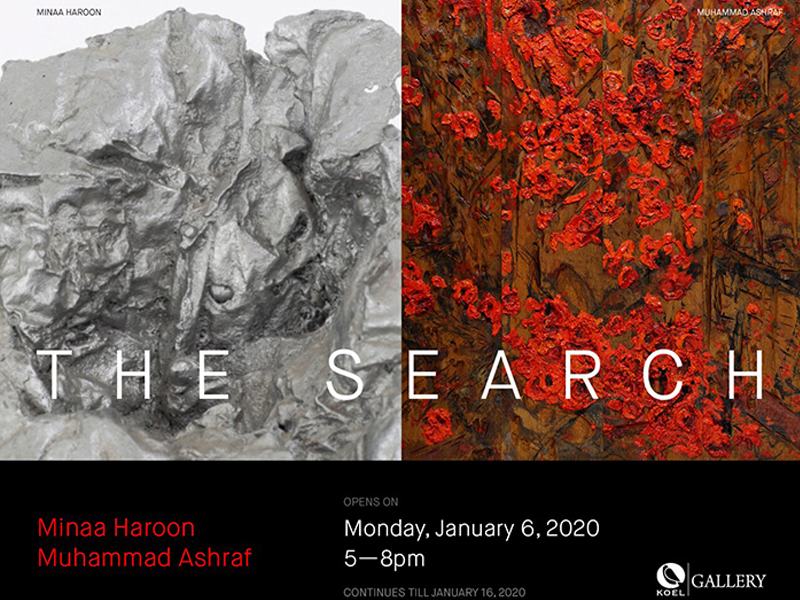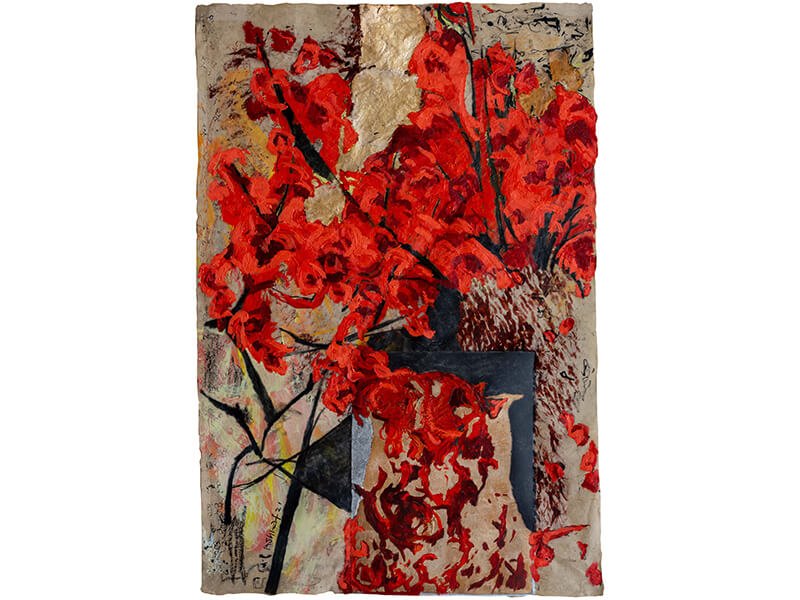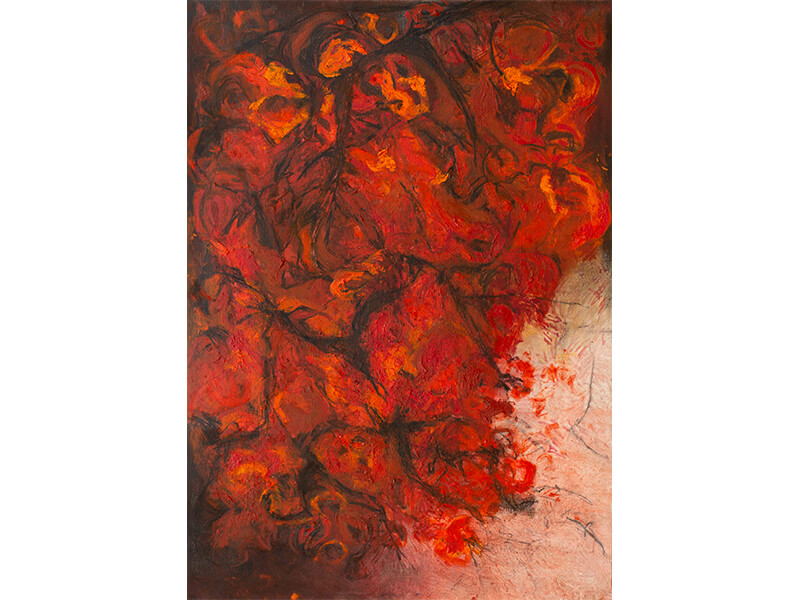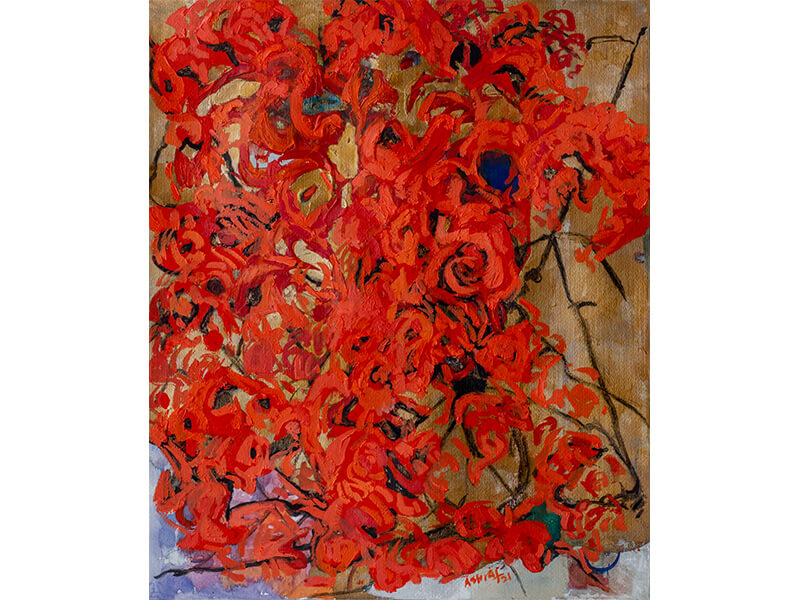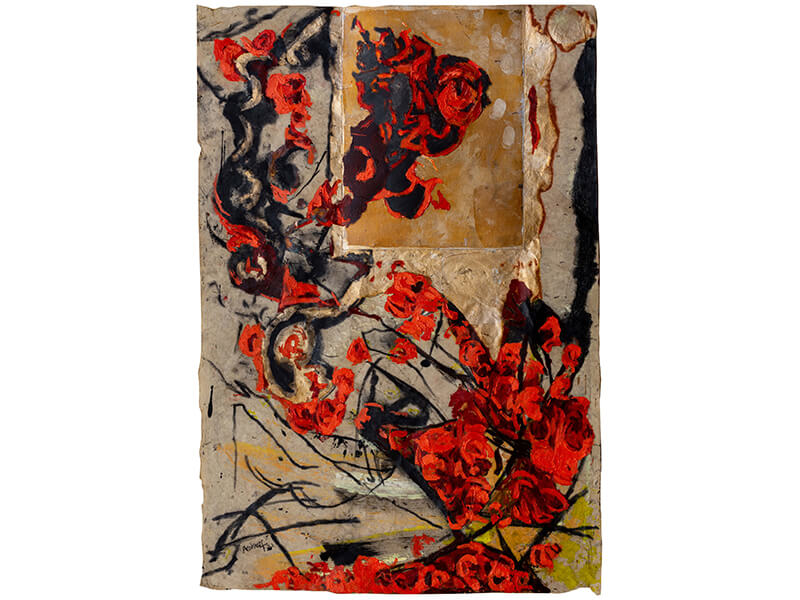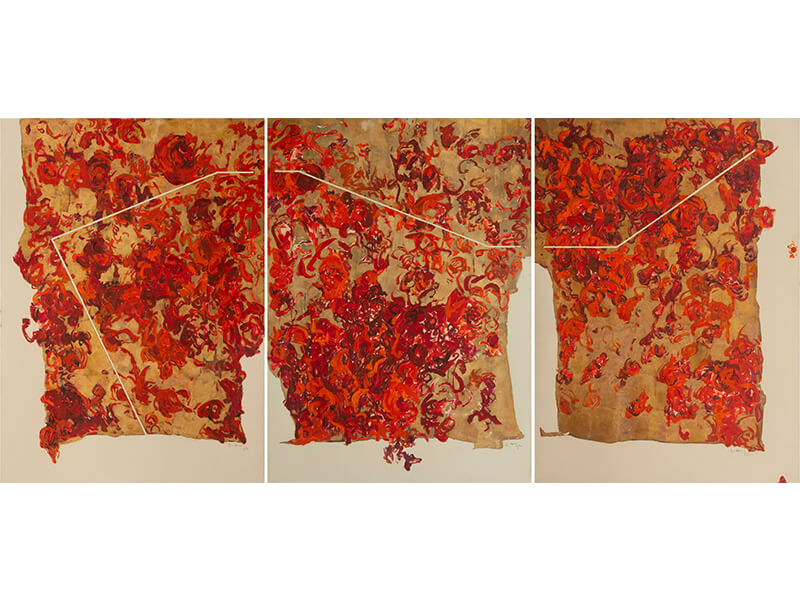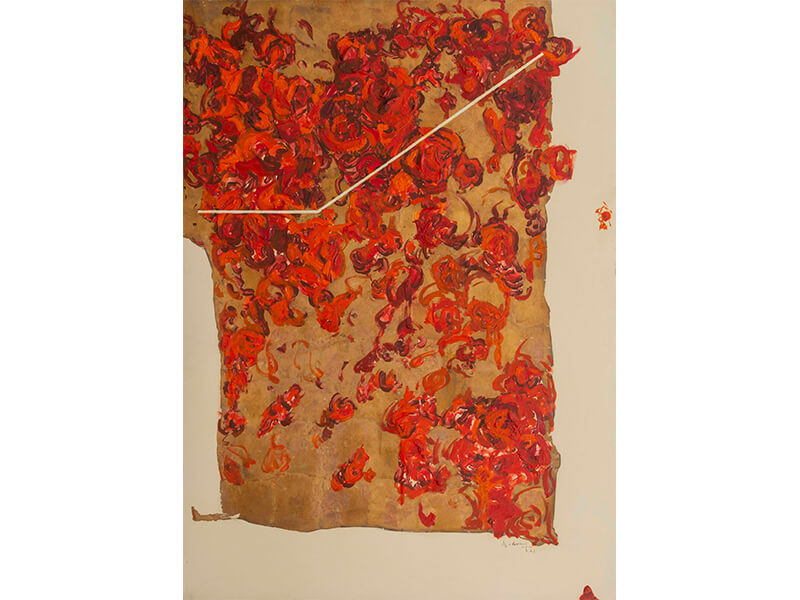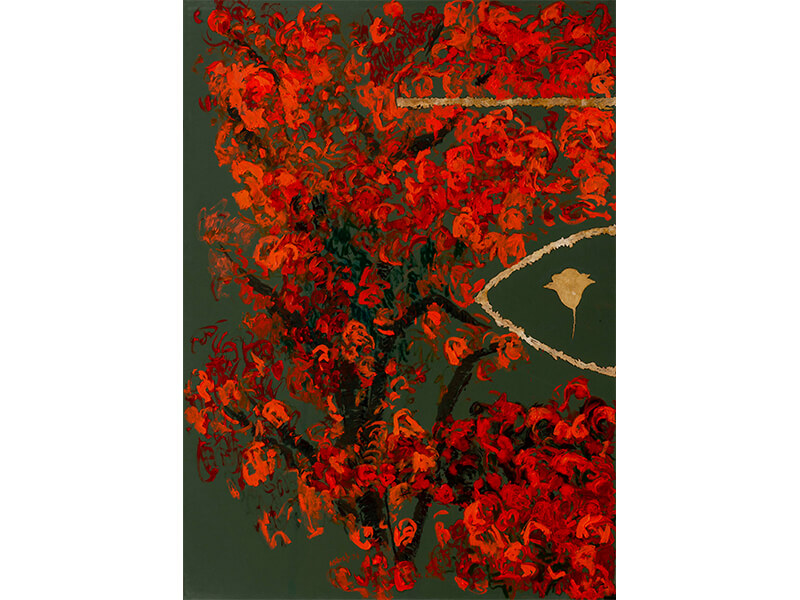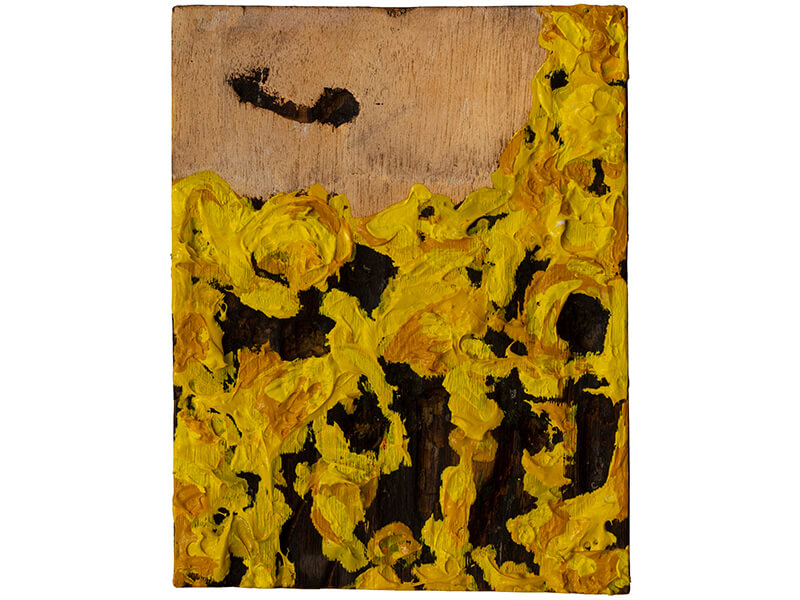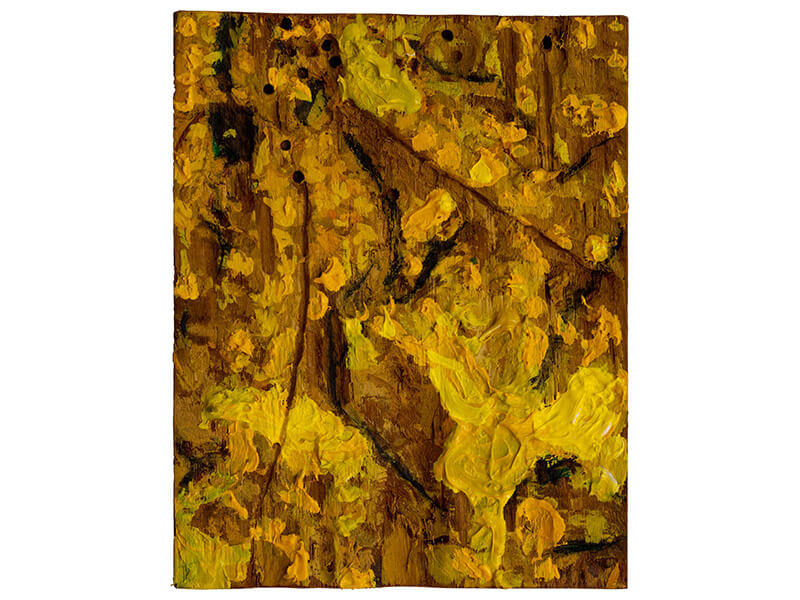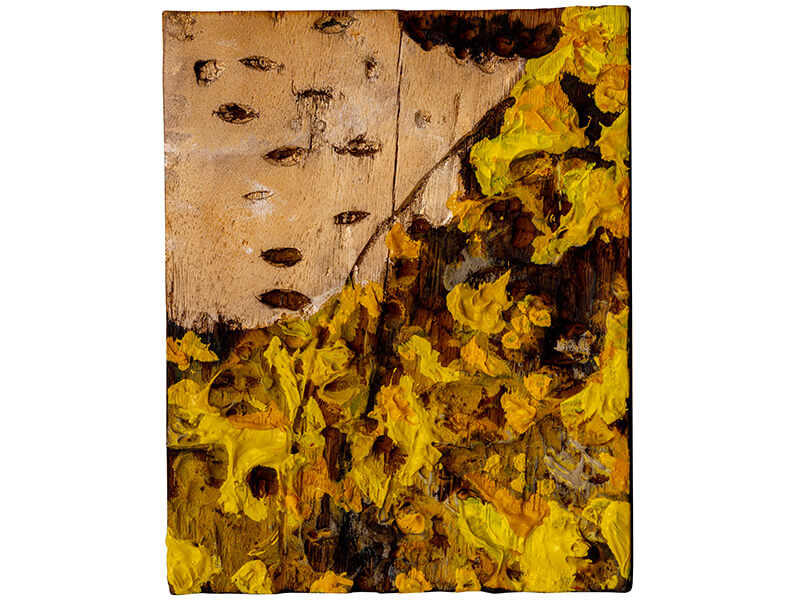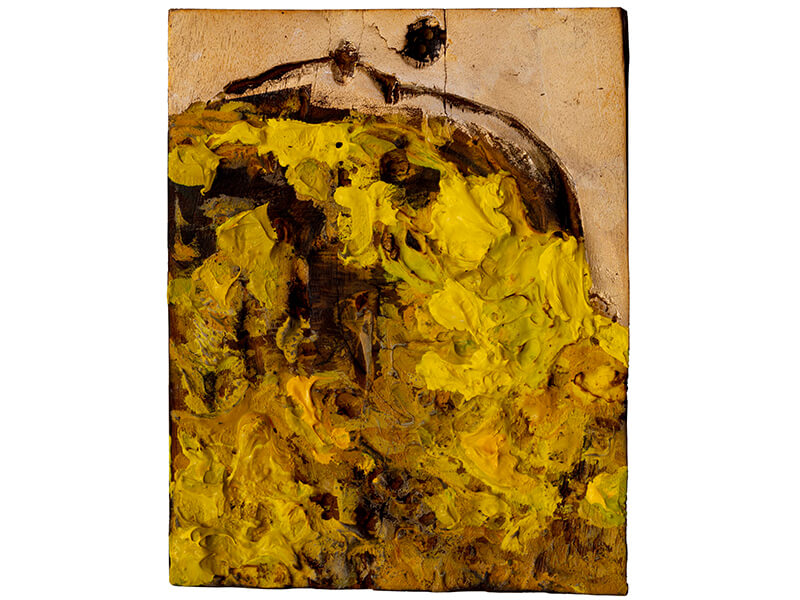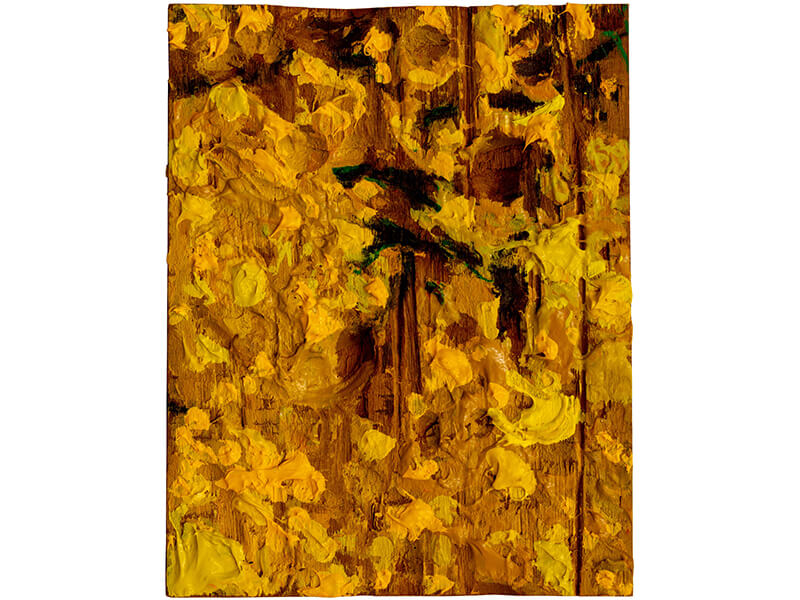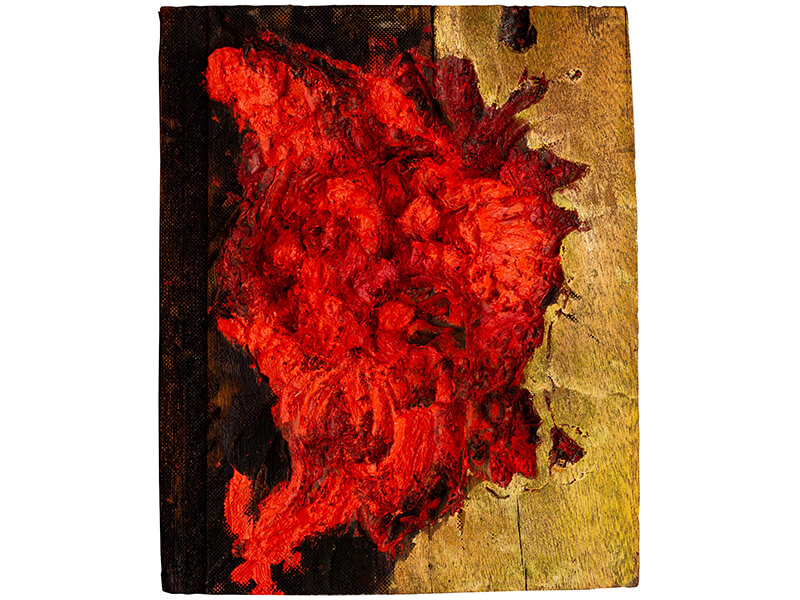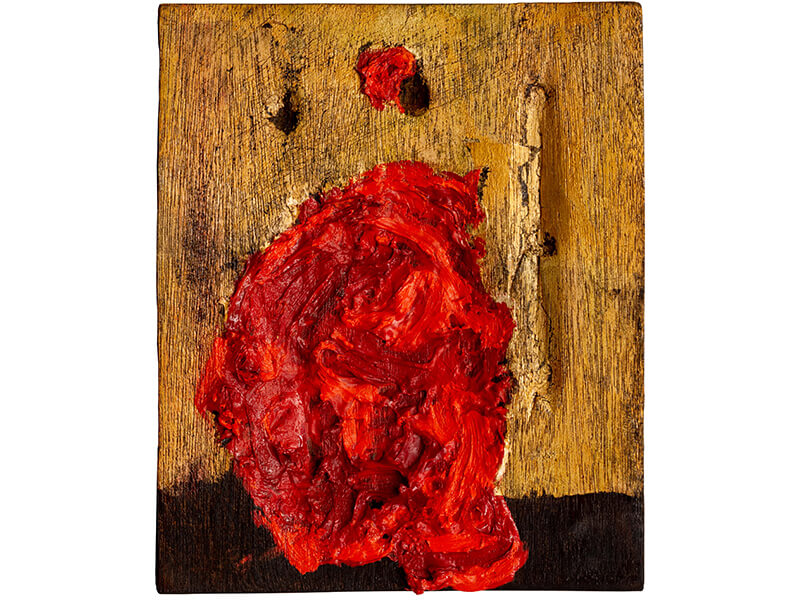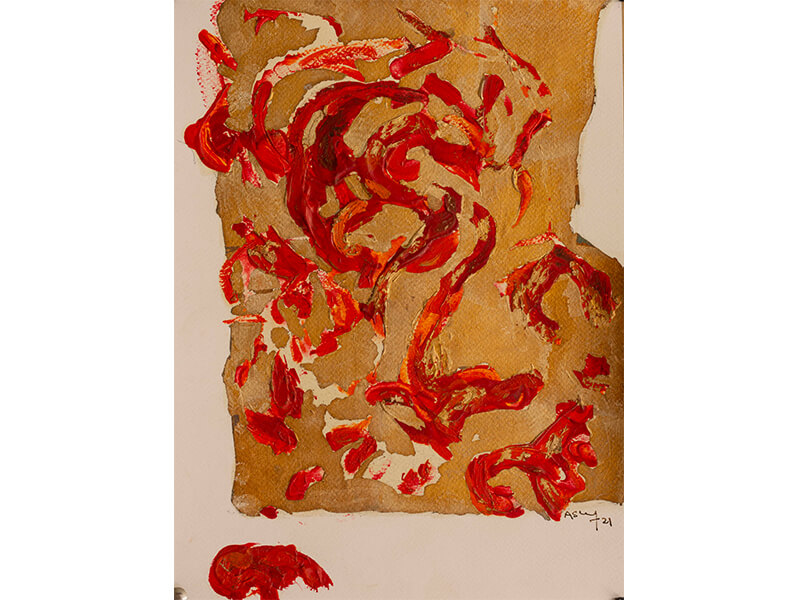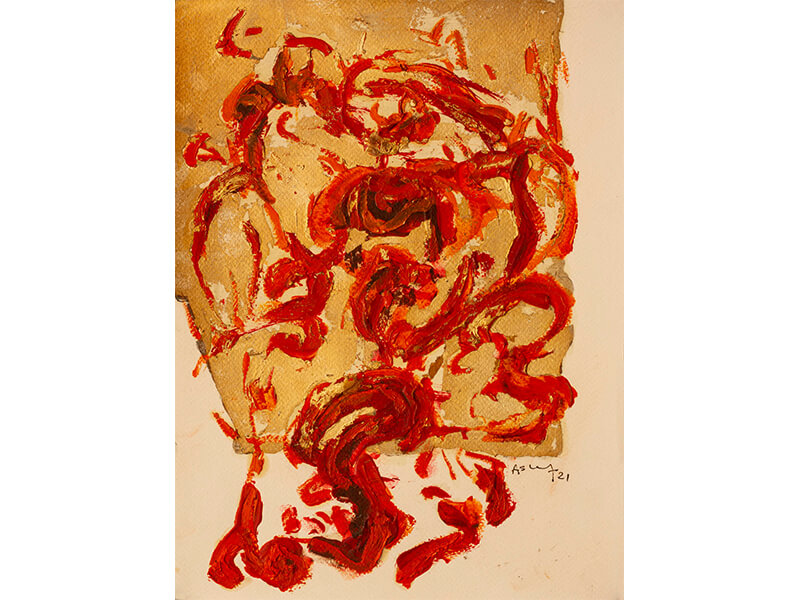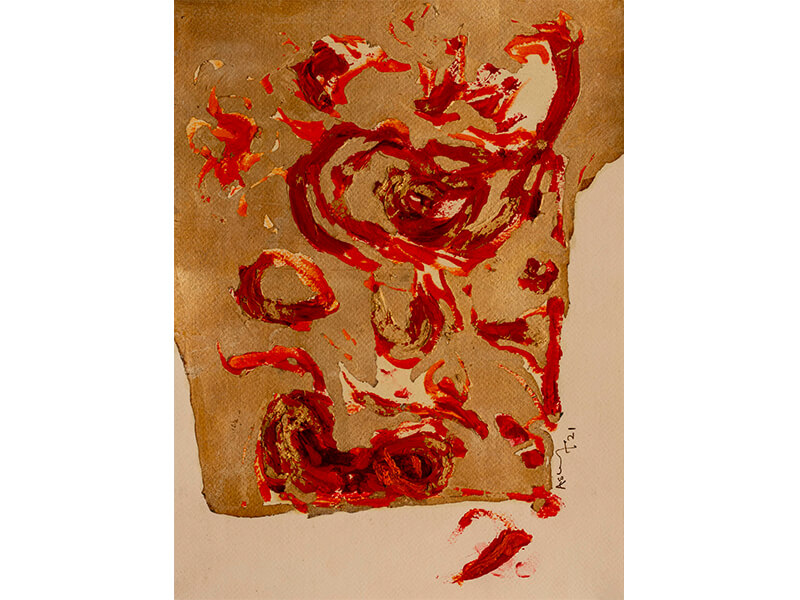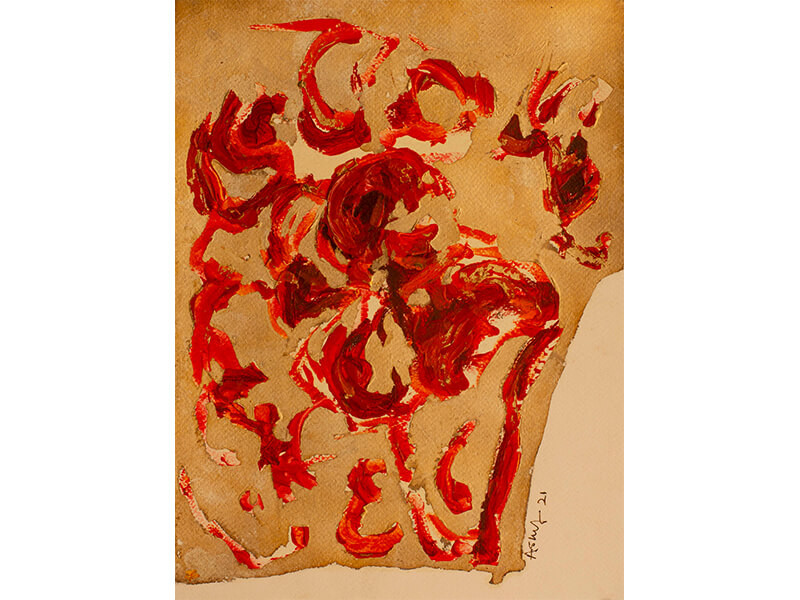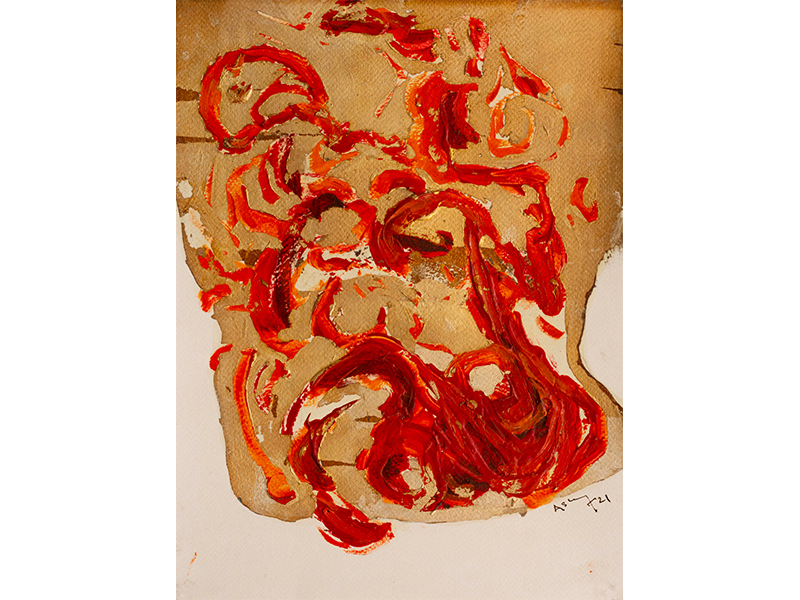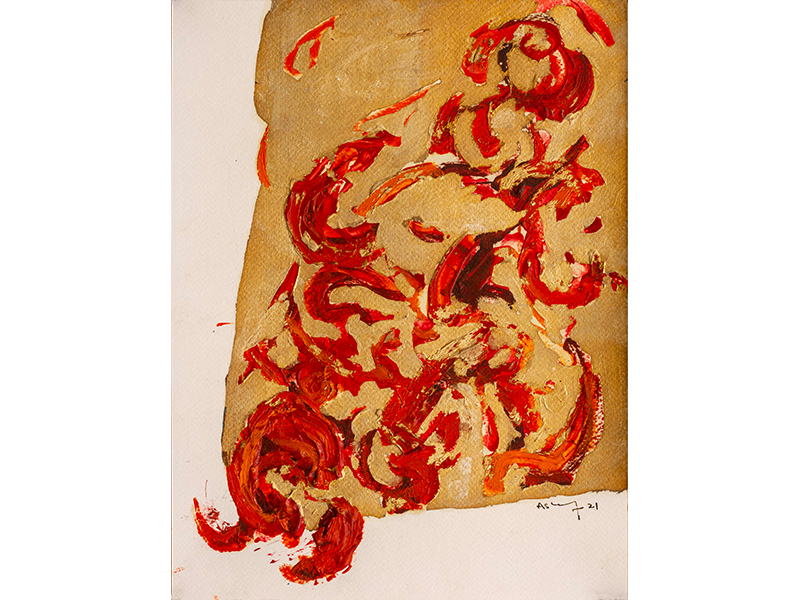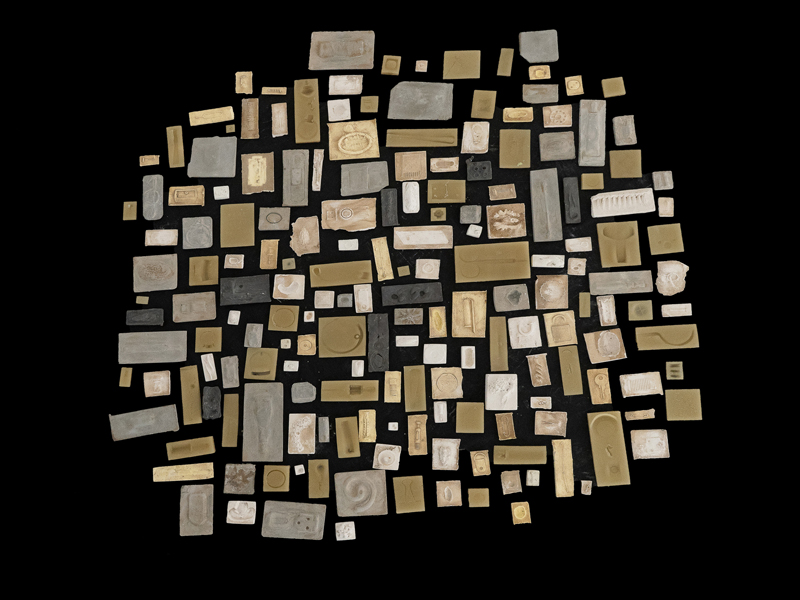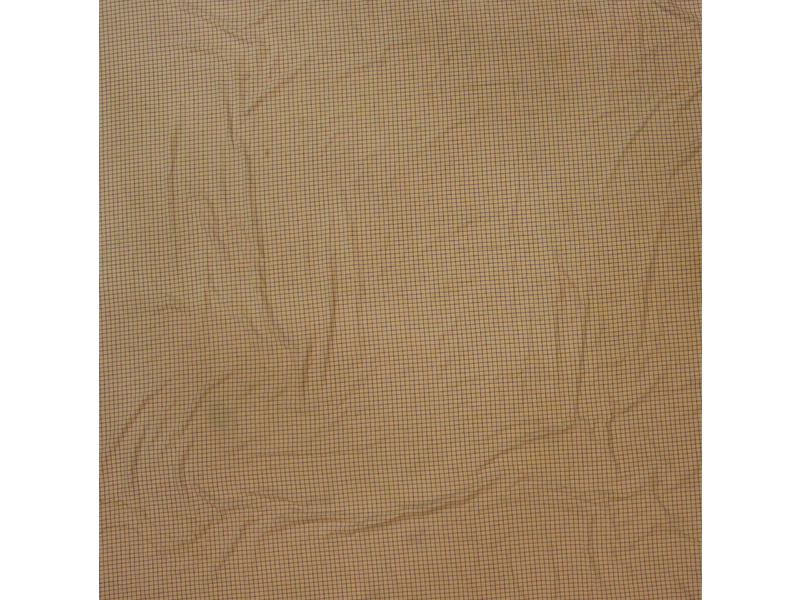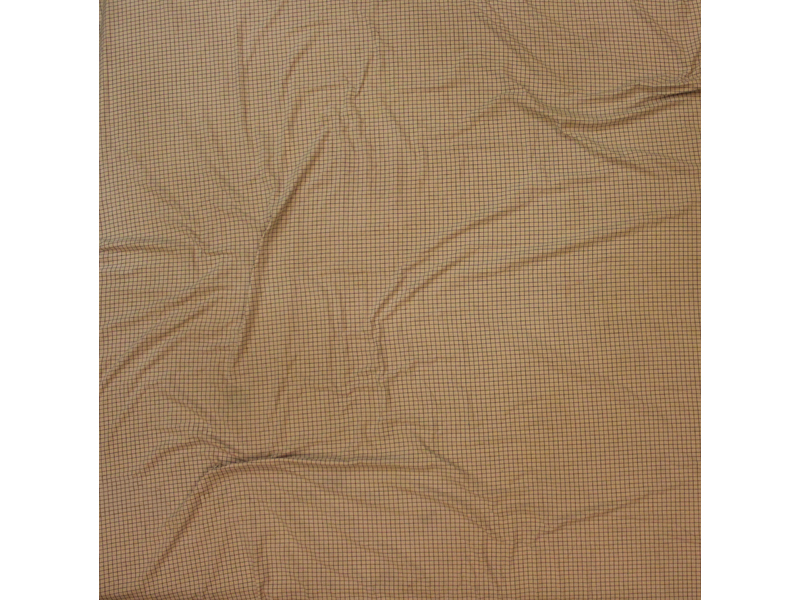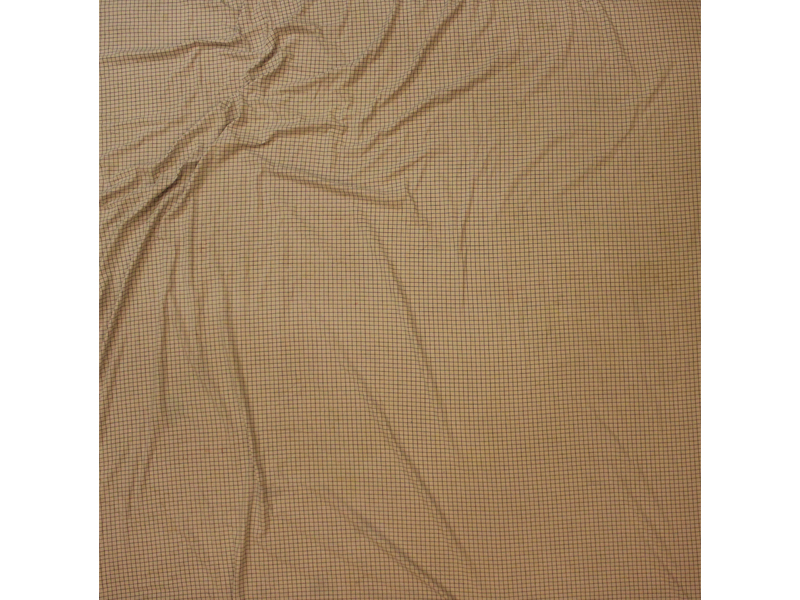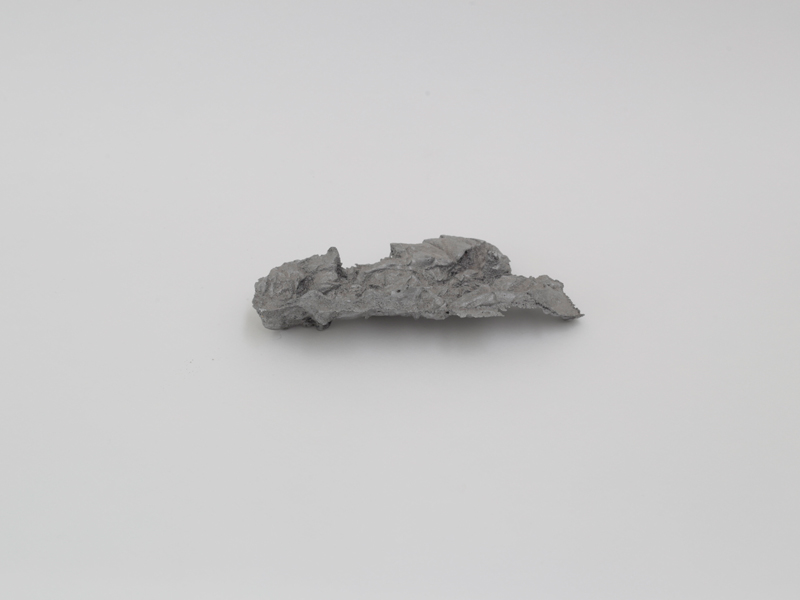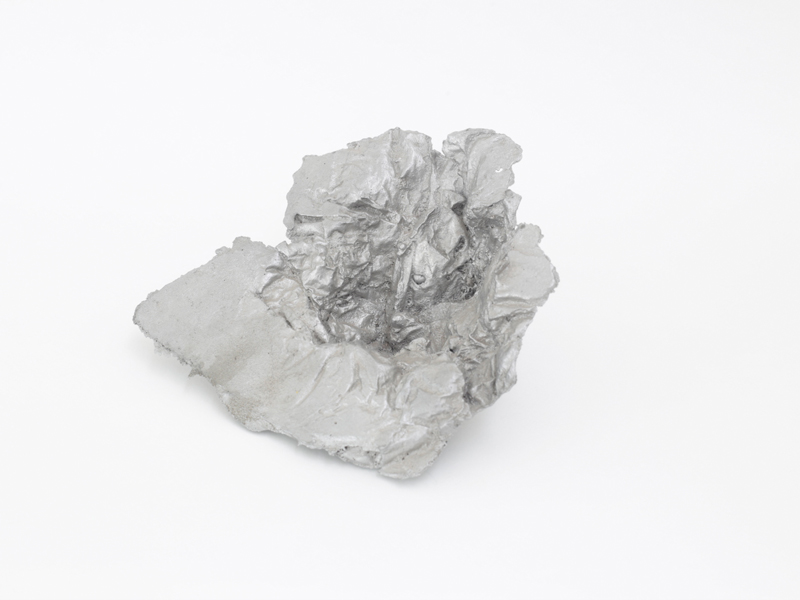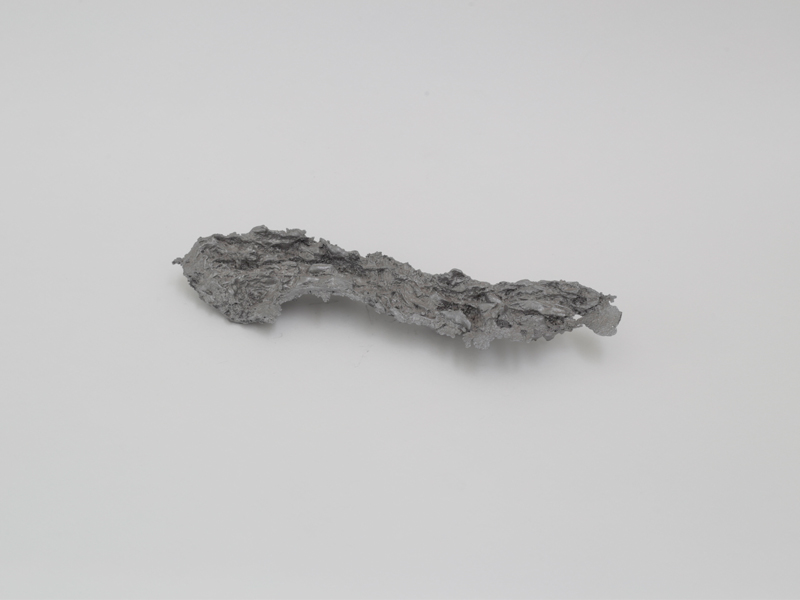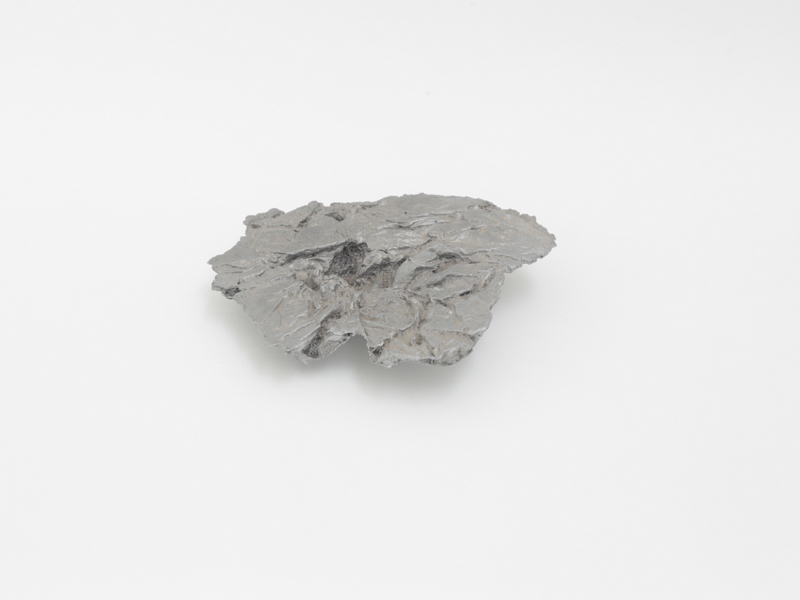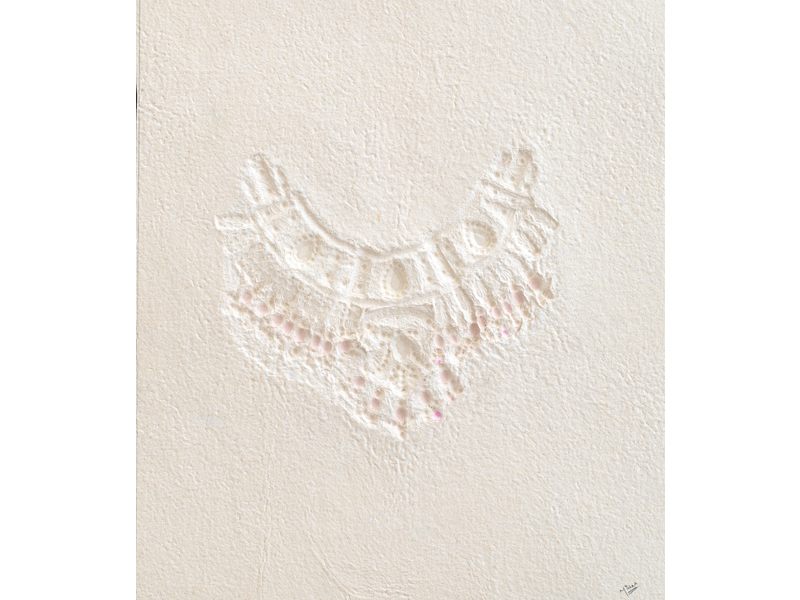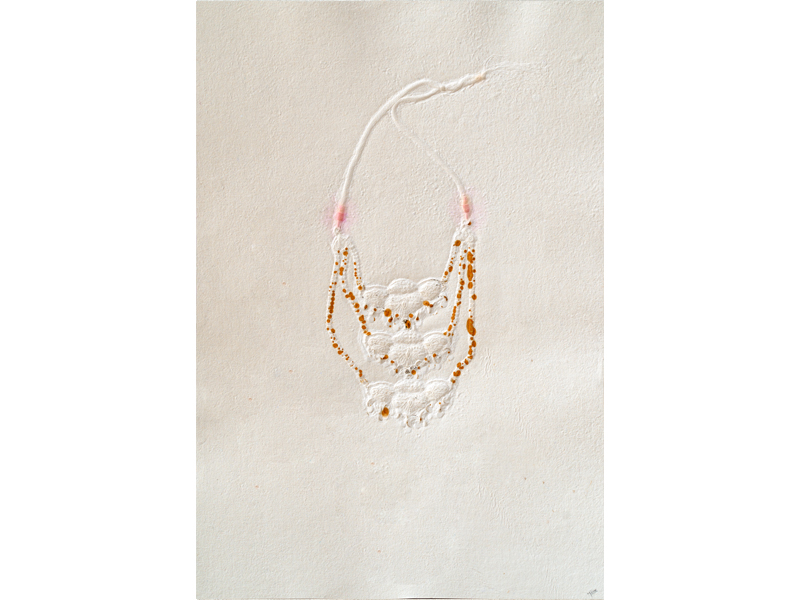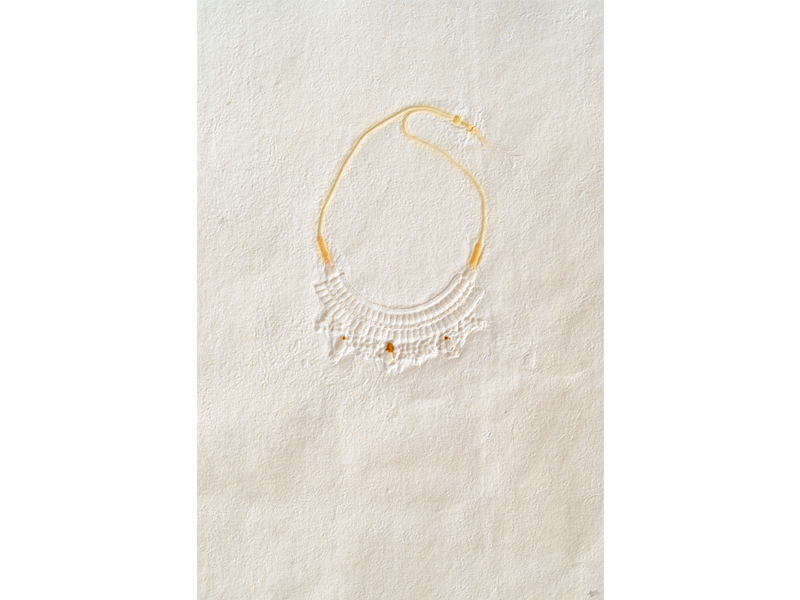The Search
A two-person show by Minaa Haroon and Muhammad Ashraf
Minaa Haroon
“The human world is not defined simply by the historical, by culture, totality, society as a whole or by ideological, political structure. It is defined by its intermediate and meditating level: everyday life.”
We are surrounded by everyday objects that we use, love, keep, or throw away according to our needs and desires in daily life. But there is another context in which their meaning and function have been altered and transformed into another system. This context is art for me.
My work is responding to looking at everyday objects as they speak of our desires. I am interested in the physiological and physical possibilities inherent in an object. Objects invite you through their gestures and have their own lives. This body of work is about looking at the everyday and mundane where I can make visible the intangible and inexplicable possibilities that exist in our everyday life.
Subsequently, this orientation of objects and spaces investigates the personal and social expression of self-organization and self-identity. Profound observation while selecting minute, overlooked, hidden and ordinary objects defines human existence. Through this, I am interested in looking at the intersection between everyday life and art with the use of different processes of transformation of materials and meanings. In a sense, I am investigating the notion that ideologies are manifested and superimposed in choices we make in our everyday lives.
The objects of everyday life contain acts and actions of time within them. Our memories are presented through objects. Absence in real space refers to the idea of impressions, marks, and objects left behind by the human body. With such evocation of memories through materials and processes, I am trying to redefine the meaning of objects by transforming them and celebrating them in tangible marks that shift the ordinary every day into historical entities or relics. This celebration of the banal, overlooked and everyday object conveys my imagination as a transformer of meaning and material. It furthermore also questions the system of fixing meanings and shaping perceptions by the politics of the display of objects of art in formal settings.
Muhammad Ashraf
Sublimity & Melancholy: Elasticity of Lahore’s Flora
“For the artist communication with nature remains the most essential condition. The artist is human; himself nature; part of nature within natural space.” Paul Klee
The subject of this project comprises about two flowers “Sumbal – red flower” a tree that matches its name in beauty, and “Amaltas – yellow flower”, which is also called “umeed
ka phool”: flower of hope. Lahore, the city of gardens, appears mind-blowing at the time
of the bloom of these trees and the project attempts to articulate awe and admiration for this bloom. I have a nostalgic relation with Lahore’s landscape painting. My initial training in
art – drawing – ensued with Khalid Iqbal, who is a Pakistani maestro of landscape painting and painted Lahore’s landscape throughout his life. I paint the happenings in everyday life, from the pleasure that natural beauty yields to an effrontery of socio-political systems. The process results in uncanny abstraction of subject, materiality, and method.
Neither it’s realism nor it’s pure abstraction. It is a planned distortion. My art practice is a process. I trust the process and follow my all-time favorite Lucian Freud and Giacometti’s procedure of working; constant scrutiny destroying and remaking work with no plan and guarantee of success, no formula, trusting on hard work. “I hoped that if I concentrated enough the intensity of the scrutiny alone would force life into the pictures,” (Lucian Freud). I draw marks on paper, canvas, and on this project wood surface too. I have sculpted, rendered, and painted the marks. The wood panels correspond to drawing, painting, and sculptural forms; it’s a kind of tension amidst these physically embodied concepts. I admire Clement Greenberg’s thought “the formal attributes of the painting are of crucial importance, whereas its emotional or representational content is secondary, even redundant.” During the process of my image-making, I look at the painting and look at it again, and look at it again as it continues. I don’t tend to look at meaning or content. It limits the sensational enjoyment. For me, meaning in painting comes naturally. Hence I paint the pleasure of painting.
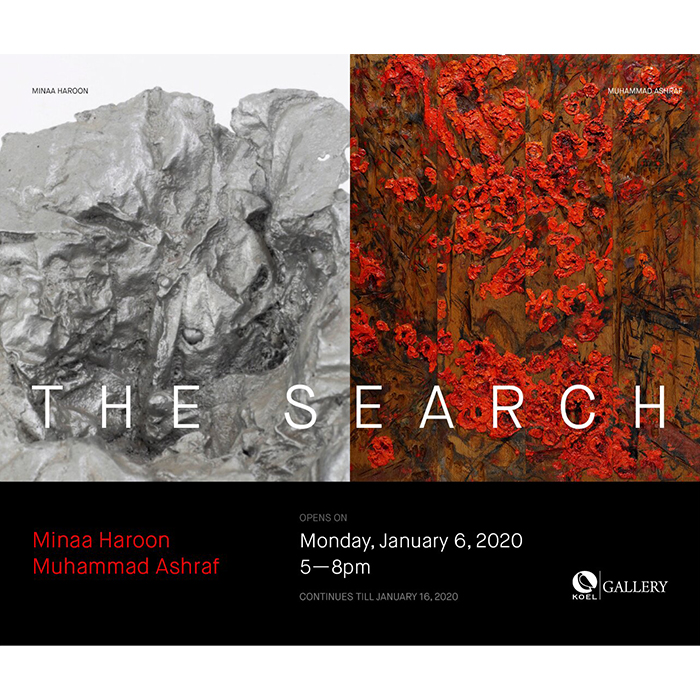
WORKS
INSTALLATION VIEWS
OPENING NIGHT

